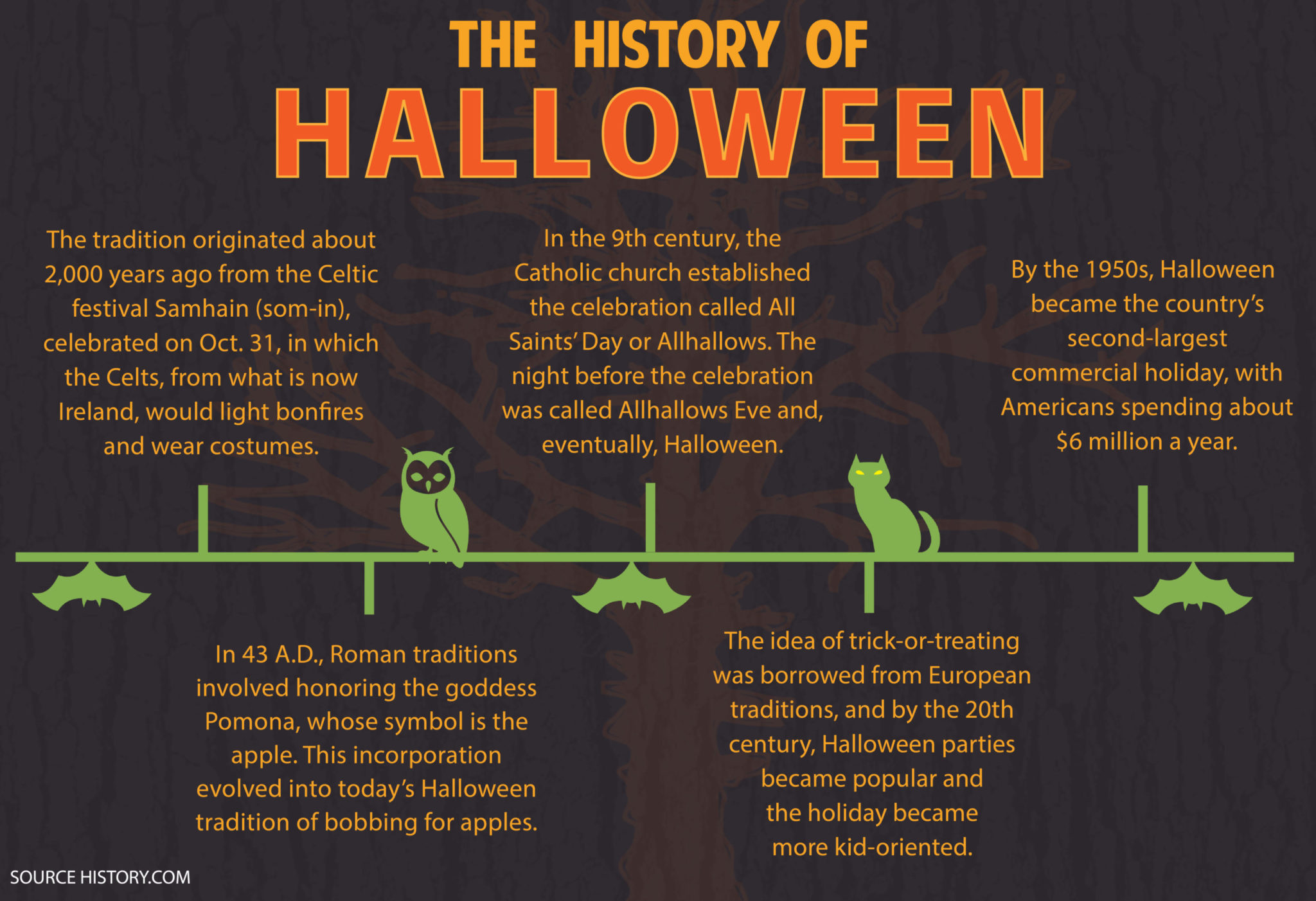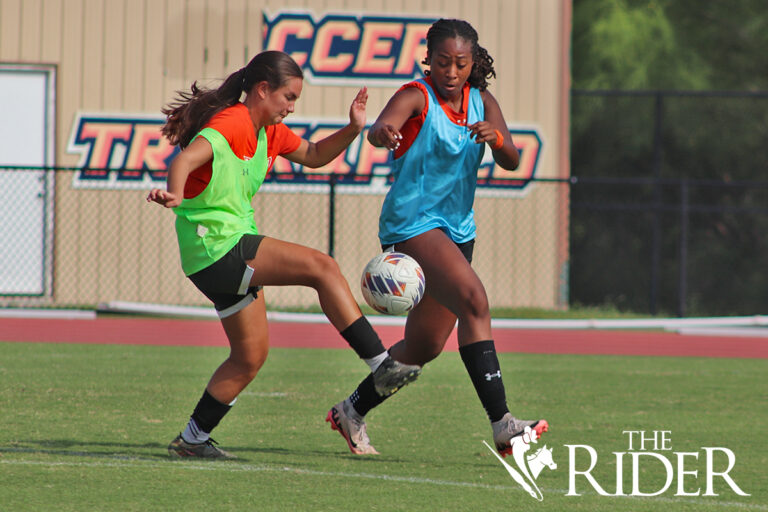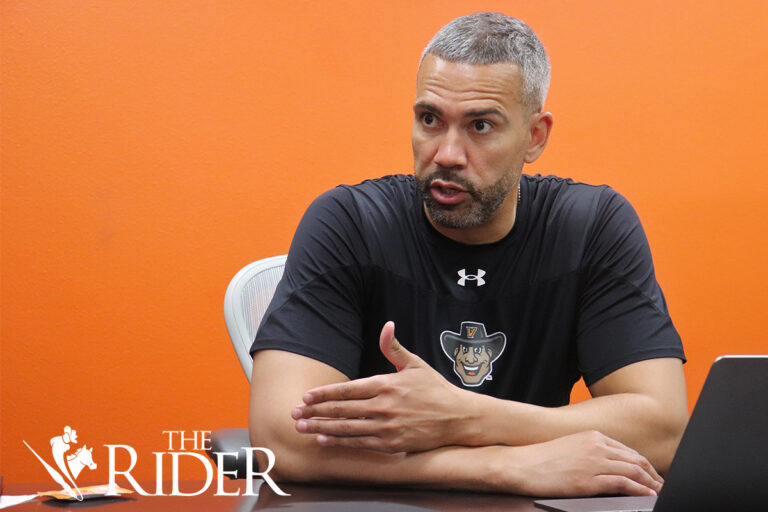
Fernanda Figueroa | THE RIDER
“First of all, I want to make it clear that Halloween has nothing to do with Dia de los Muertos,” said Anthony Knopp, an emeritus history professor at UTRGV.
Halloween is celebrated Oct. 31 and is known for trick-or-treating, candy, costumes, haunted houses and jack-o’-lanterns but its origins are a bit different.
The tradition originated about 2,000 years ago from the Celtic festival Samhain (som-in), celebrated on Oct. 31, in which the Celts, from what is now Ireland, would light bonfires and wear costumes, according to History.com.
“Halloween had its origins in a Celtic festival that marked the end of summer and the beginning of winter,” Knopp said. “This was the cutoff to the new year, where the boundary of the worlds of living and the dead became blurred. It was believed that the ghosts of the dead could return to the Earth at this time.”
Additionally, the Celts and the druids (Celtic priests) believed that the weakened boundary allowed for them to make predictions about their futures.
“Supposedly, the druids, which were the priests of the Celts, could make predictions,” Knopp said. “They would make predictions based upon what the dead told them. They’d have big bonfires and they would wear costumes and tell each other fortunes.”
According to History.com, the costumes the druids would wear consisted of animal heads and skins.
During 43 A.D., Roman traditions were merged with the Celtic traditions. One of the Roman traditions involved honoring the goddess Pomona, whose symbol is the apple. This incorporation evolved into today’s Halloween tradition of bobbing for apples, according to History.com.
By the 9th century, the Catholic’s church influence was noticeable. Nov. 2 was made All Souls’ Day to honor the dead and was celebrated similar to the Samhain festival. The celebration was called All Saints’ Day or Allhallows. The night before the celebration was called Allhallows Eve and, eventually, Halloween.
“Souls’ Day was celebrated kind of like [the] Samhain festival with the Celts,” Knopp said. “People dressed up as saints, angels or devils and bonfires and parades [were had].”
Halloween came to America during the colonial period. During this time, public events were held in which Americans told each other stories and fortunes, and they influenced celebrations and made Halloween more popular.
The idea of trick-or-treating was borrowed from European traditions, and by the 20th century, Halloween parties became popular and the holiday became more kid-oriented.
“Americans began dressing up in costumes and going house to house asking for food or money, a practice that eventually became the trick-or-treat thing,” Knopp said. “Parents wanted [Halloween] to be more kid friendly so Halloween lost much of its superstitious and religious overtones.”
By the 1950s, “Halloween was simply a kids’ event, where people go trick-or-treating and get candy,” Knopp said.
Halloween has now become the country’s second largest commercial holiday, with Americans spending about $6 million a year, according to History.com.
Today, Halloween’s origins are rarely remembered, but Nicholas Kiersey, an Ireland native and UTRGV political science professor, recalls the religious tones of the celebration during his childhood and the clear difference from American celebrations.
“When I was growing up in Ireland, it was a little bit more religious,” Kiersey said. “There seemed to be more of a devotional aspect. Here you know the idea of getting candy, in Ireland, you had to sing a song on someone’s doorstep before they would give you candy, like you couldn’t just hold your bag out and go, ‘trick-or-treat.”
This year due to COVID-19, Hidalgo and Cameron counties have placed restrictions on trick-or-treating. For more information, visit the Hidalgo County order or Cameron County order.






